new topic for the Abies in Maryland discussion
hairmetal4ever
10 years ago
Related Stories

FARM YOUR YARDHello, Honey: Beekeeping Anywhere for Fun, Food and Good Deeds
We need pollinators, and they increasingly need us too. Here, why and how to be a bee friend
Full Story
FURNITUREHow to Buy a Quality Sofa That Will Last
Learn about foam versus feathers, seat depth, springs, fabric and more for a couch that will work for years to come
Full Story
LIFETell Us: Do You Know How to Live With Your Parents?
If you've tried multigenerational living under one roof, we'd love to hear the details
Full Story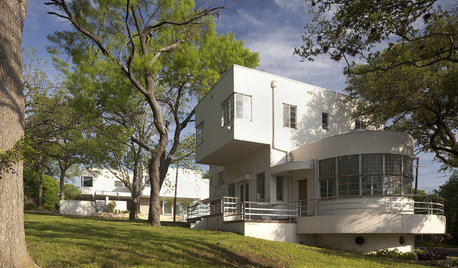
ARCHITECTUREModern or Contemporary: What's the Difference?
10 homes illustrate the essence of modern and contemporary home design styles
Full Story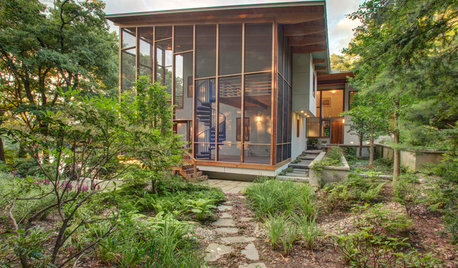
GARDENING AND LANDSCAPINGBreezy and Bug-Free Modern Porches
Screening keeps pests out of these diverse porches across the U.S., while thoughtful designs keep them visually appealing
Full Story
DENS AND LIBRARIESHow to Care for Your Home Library
Increase your enjoyment of books with these ideas for storing, stacking and displaying them
Full Story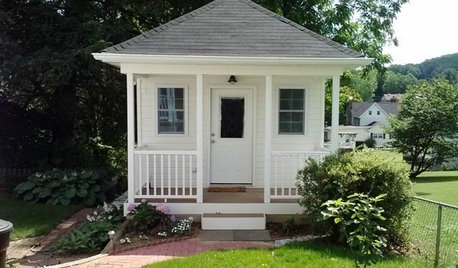
STUDIOS AND WORKSHOPSCreative Houzz Users Share Their ‘She Sheds’
Much thought, creativity and love goes into creating small places of your own
Full Story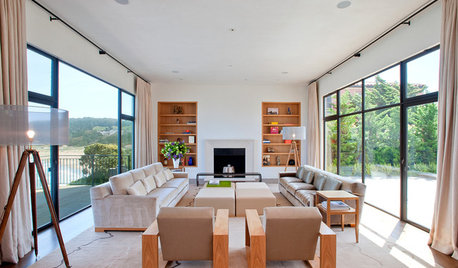
MOST POPULAREasy Green: 23 Ways to Reduce Waste at Home
Pick from this plethora of earth-friendly ideas to send less to the landfill and keep more money in your pocket
Full Story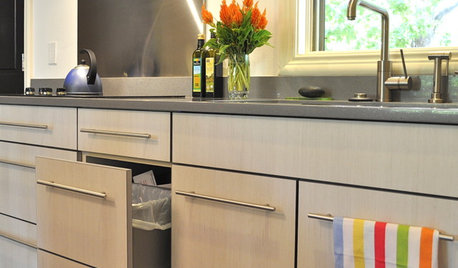
KITCHEN DESIGNEcofriendly Kitchen: Healthier Kitchen Cabinets
Earth-friendly kitchen cabinet materials and finishes offer a host of health benefits for you and the planet. Here's a rundown
Full Story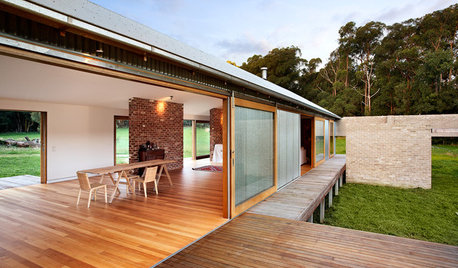
ARCHITECTUREHow Thermal Mass Keeps You Warm and Cool
Passive solar design makes use of this element. Here’s how it works and how you can get it in your home
Full StorySponsored
More Discussions








davidrt28 (zone 7)
davidrt28 (zone 7)
Related Professionals
Carson Landscape Architects & Landscape Designers · Rossville Landscape Architects & Landscape Designers · Saint Charles Landscape Architects & Landscape Designers · Burlington Landscape Contractors · Peabody Landscape Contractors · Athens Landscape Contractors · Damascus Landscape Contractors · Hawaii Landscape Contractors · Hoover Landscape Contractors · Las Vegas Landscape Contractors · North Richland Hills Landscape Contractors · Riverhead Landscape Contractors · Royal Oak Landscape Contractors · Tustin Landscape Contractors · West Coon Rapids Landscape Contractorsbengz6westmd
pineresin
hairmetal4everOriginal Author
davidrt28 (zone 7)
bengz6westmd
raul_kender
hairmetal4everOriginal Author
hairmetal4everOriginal Author
davidrt28 (zone 7)
fairfield8619
davidrt28 (zone 7)
fairfield8619
fairfield8619
spruceman
davidrt28 (zone 7)
spruceman
hairmetal4everOriginal Author
maple_grove_gw
hairmetal4everOriginal Author
hairmetal4everOriginal Author
bengz6westmd
bengz6westmd
davidrt28 (zone 7)
davidrt28 (zone 7)
hairmetal4everOriginal Author
bengz6westmd
sam_md
davidrt28 (zone 7)